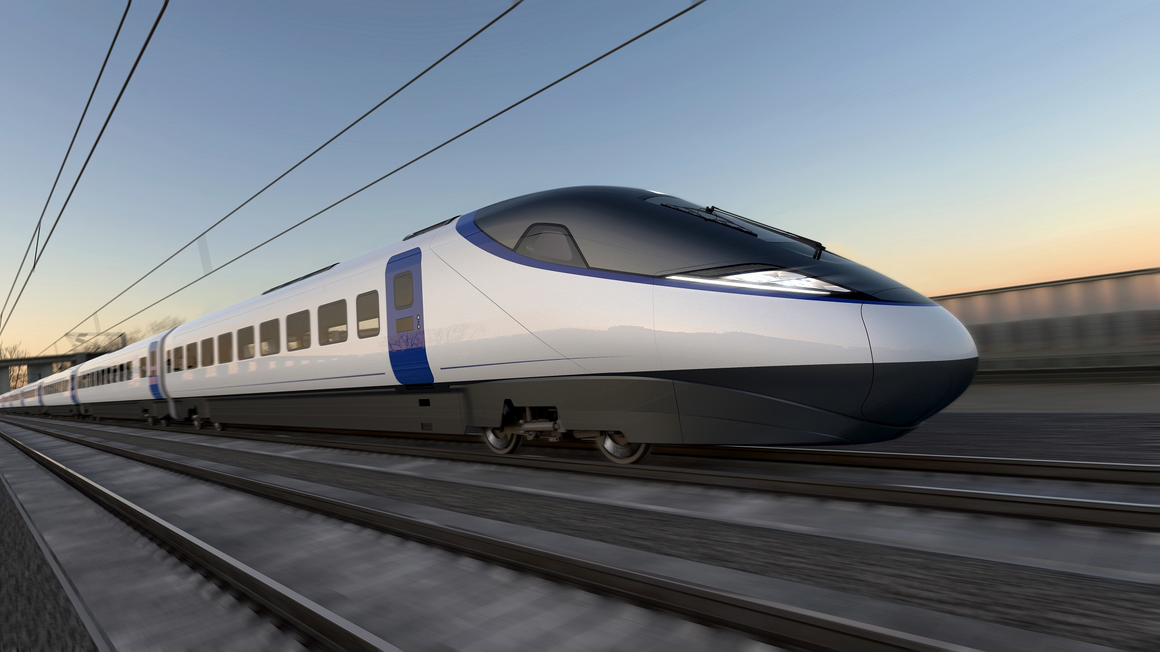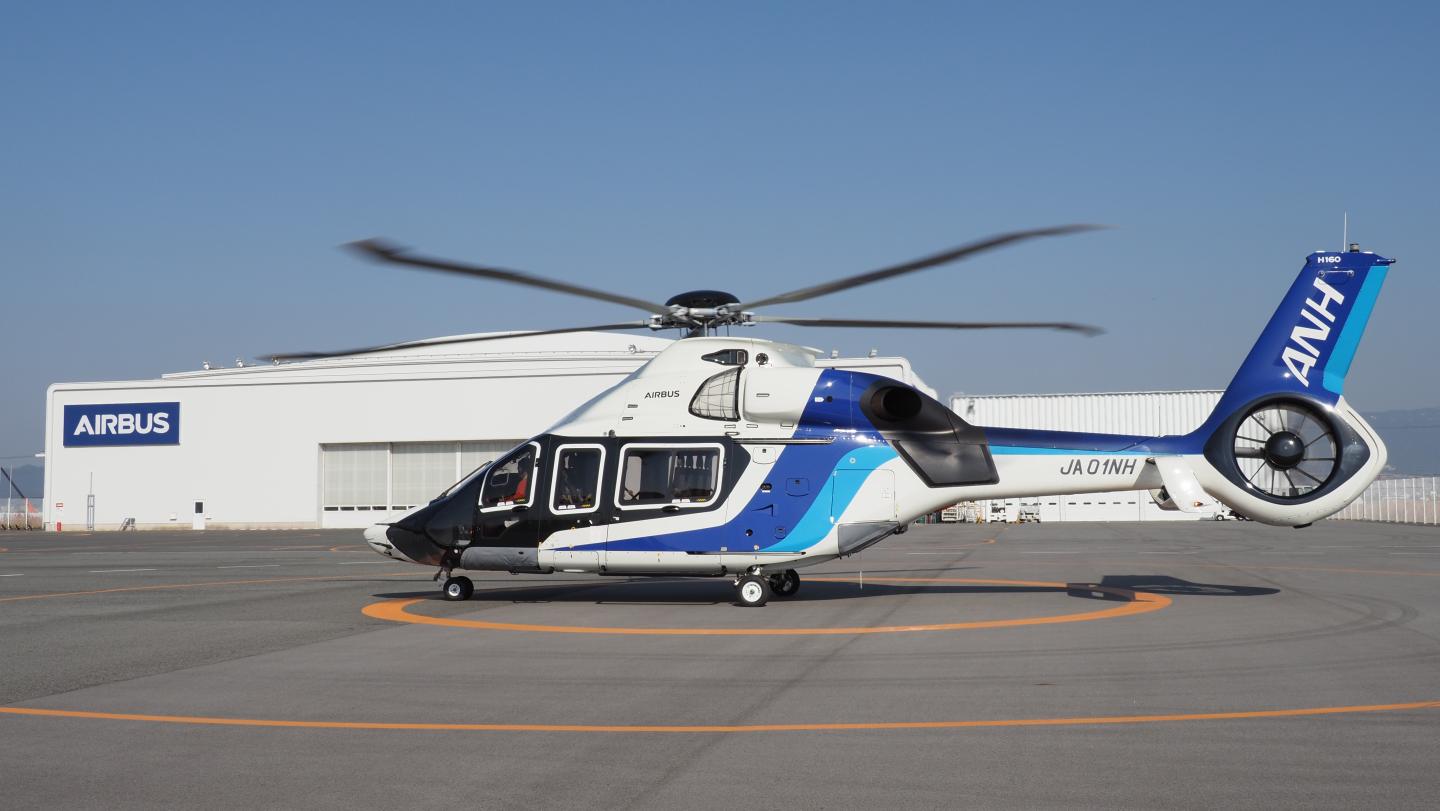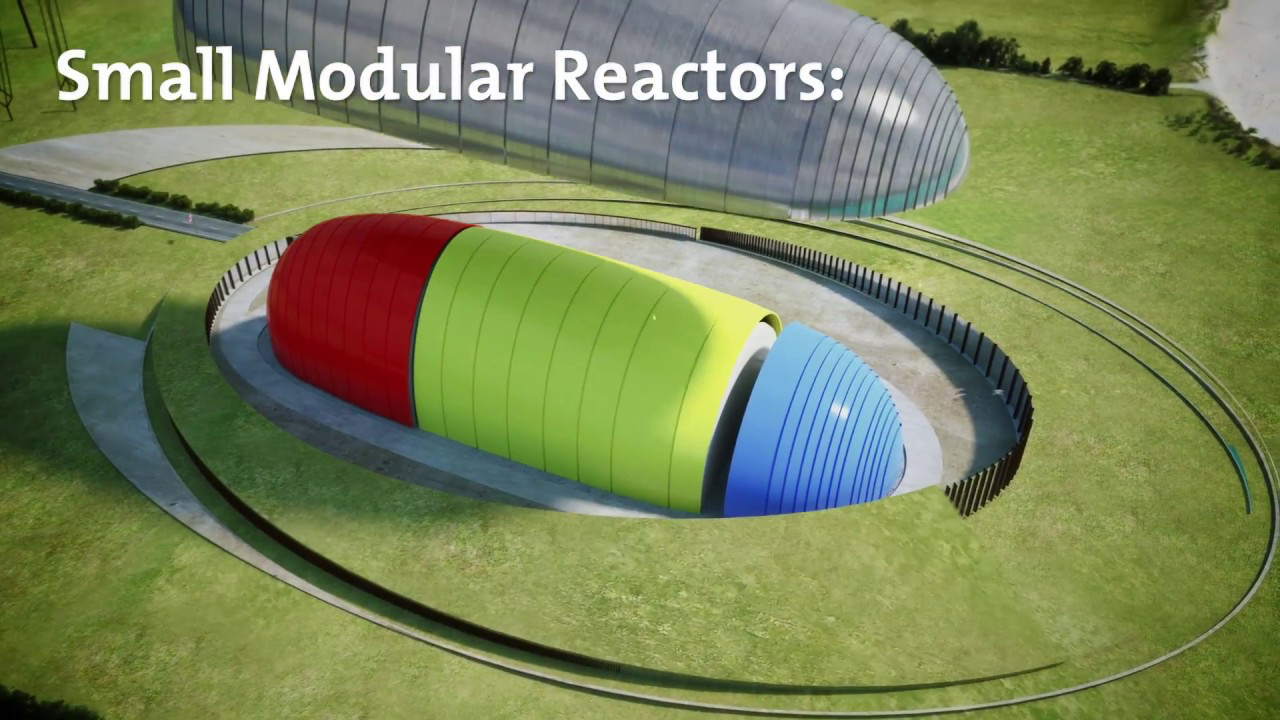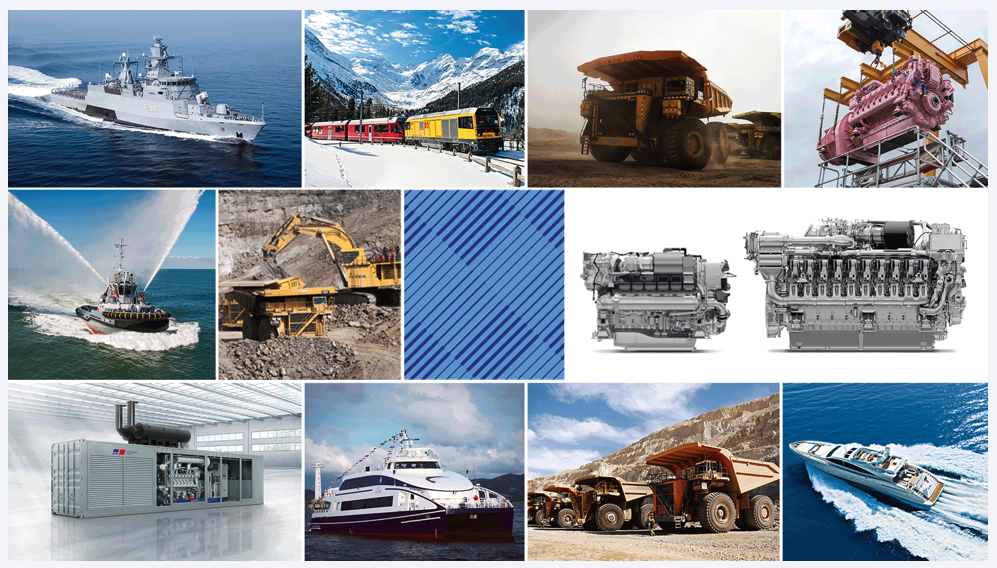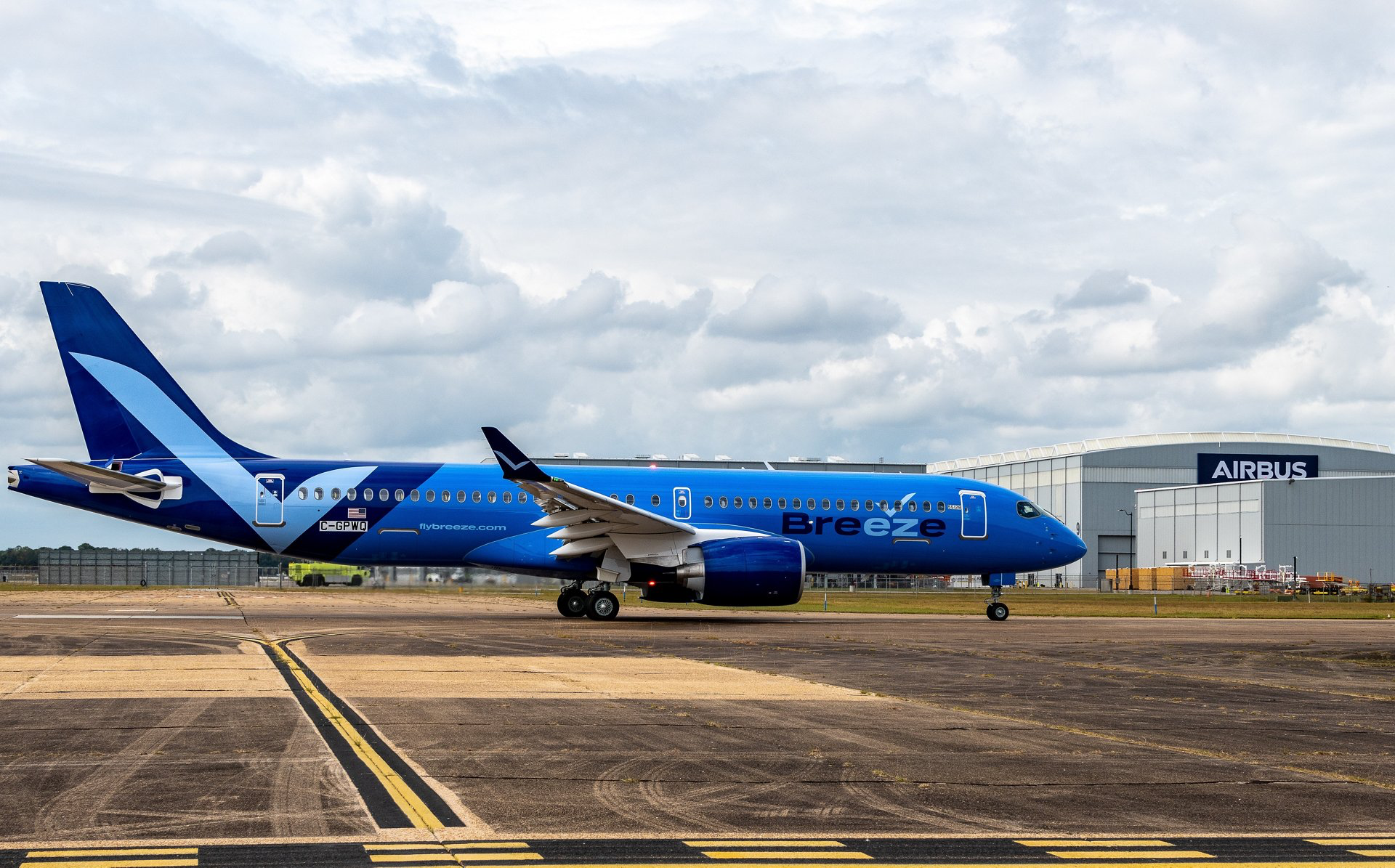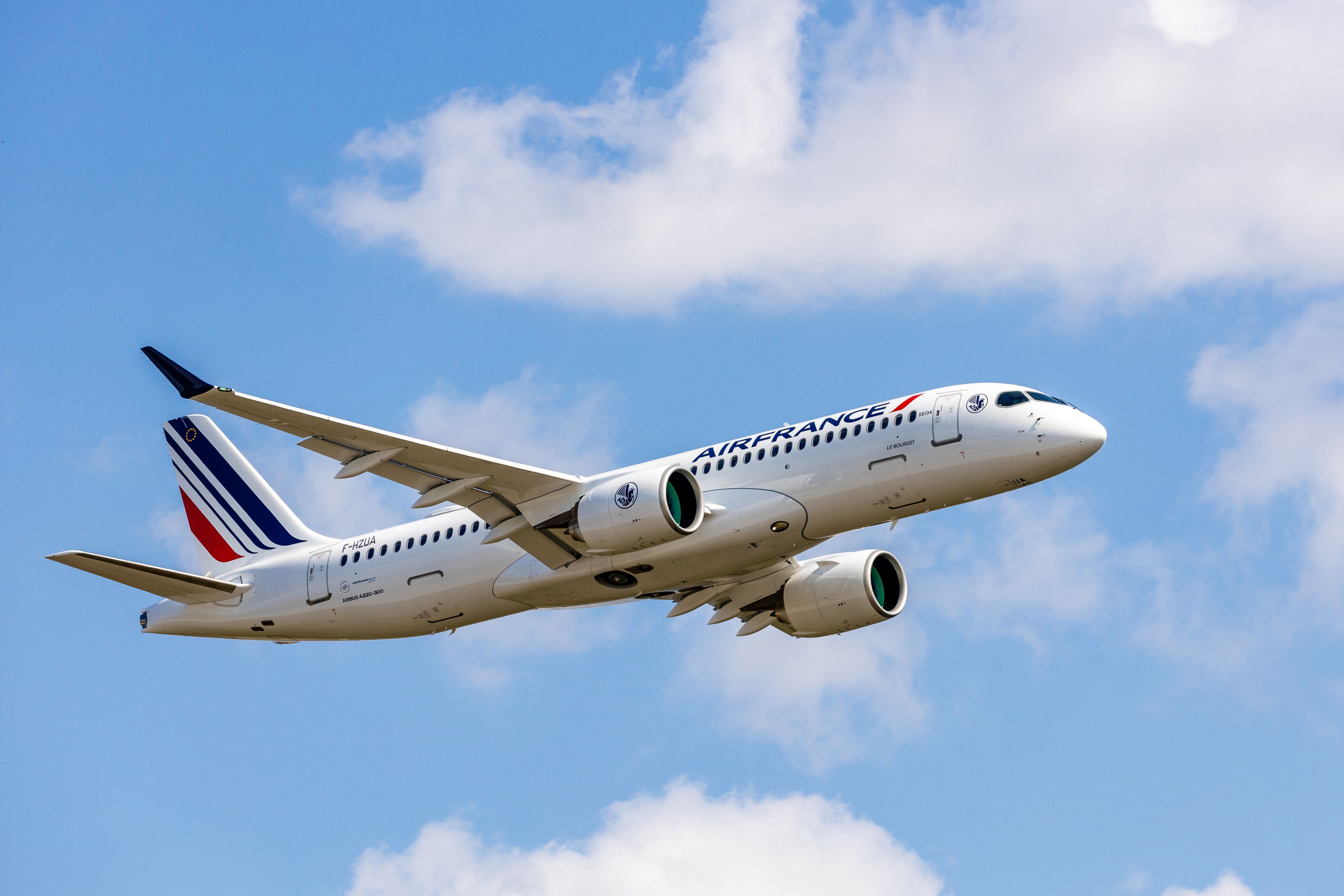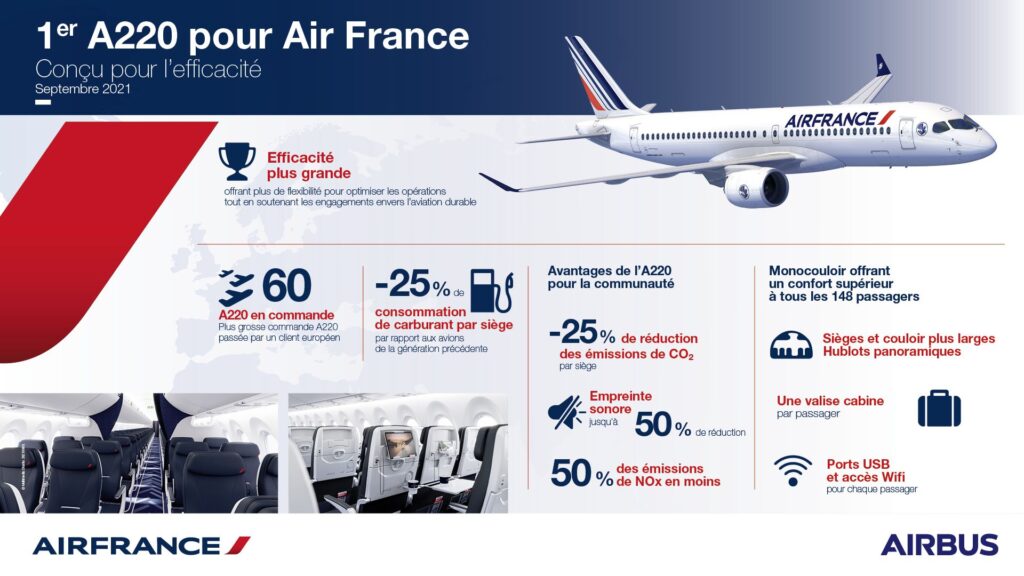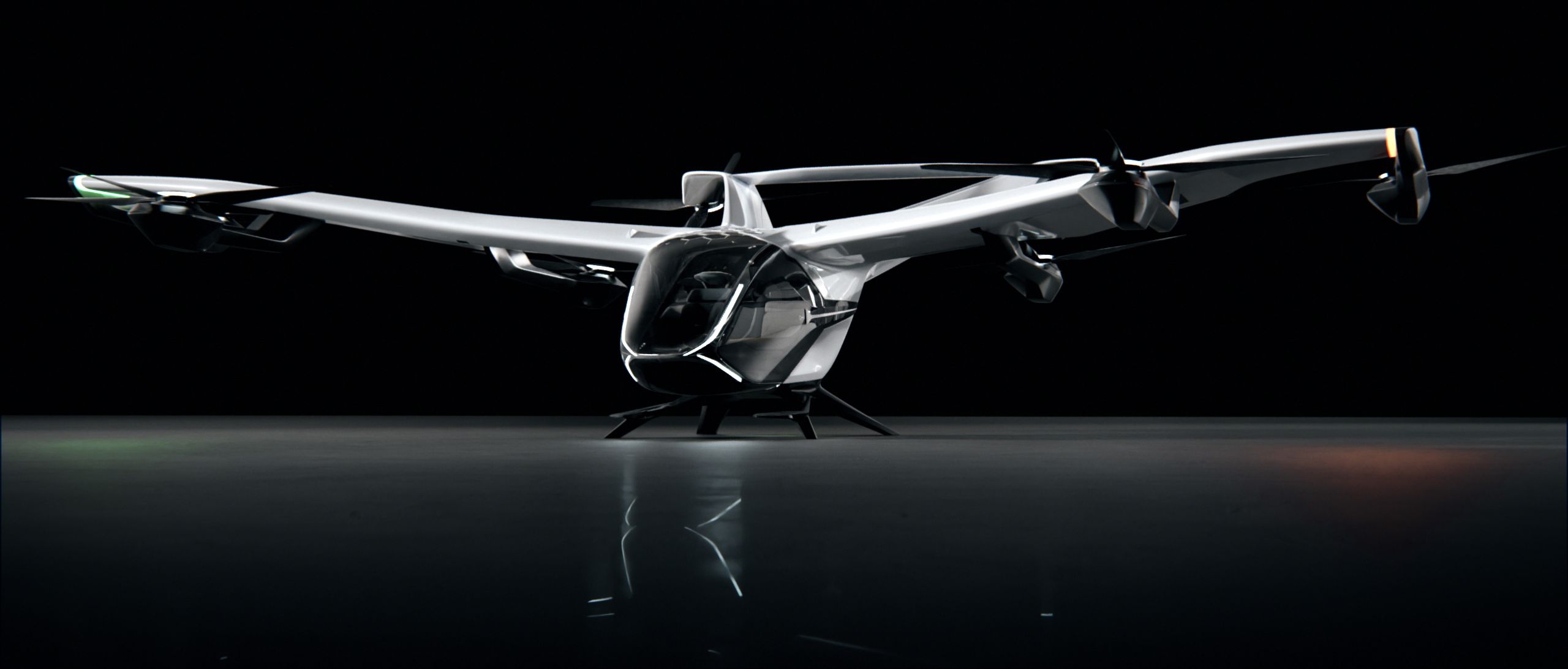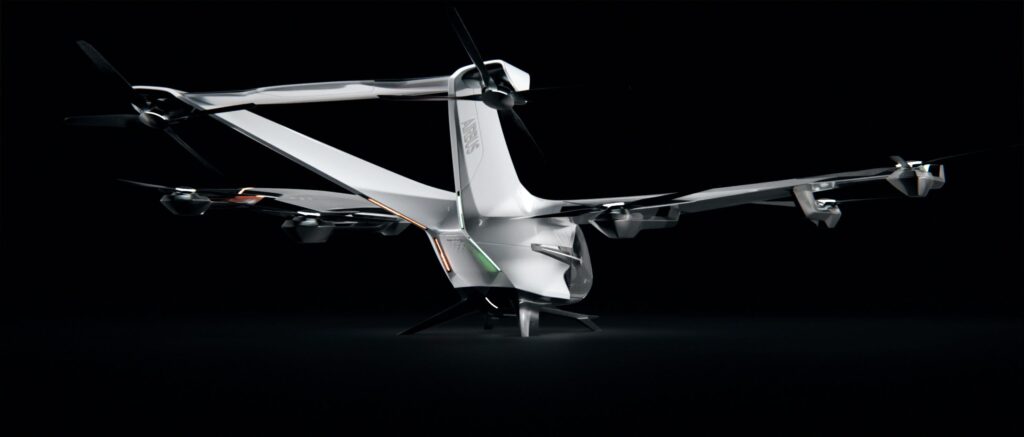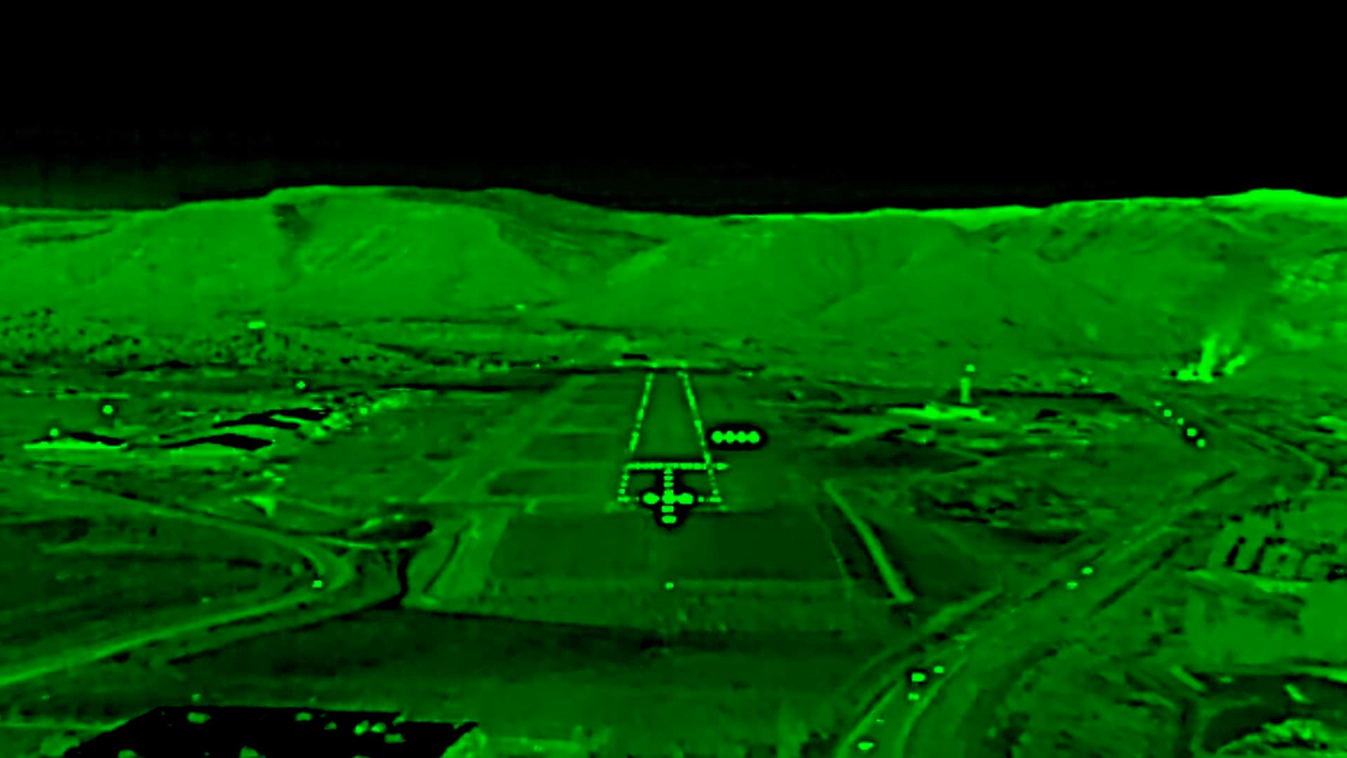Alstom (OTC: ALSMY) and Hitachi Rail have today confirmed that the Hitachi-Alstom High Speed (HAH-S) 50/50 joint venture has signed contracts with High Speed Two (HS2) to design, build, and maintain the next generation of very high speed trains for HS2 Phase 1 as part of the £1.97 billion contract, including an initial 12-year train maintenance contract.
The UK’s two leading train manufacturers will deliver Europe’s fastest operational train, capable of operating at maximum speeds of 225mph (360 km/h), significantly reducing journey times for passengers. The fleet will be 100% electric, and be one of the world’s most energy efficient very high speed trains due to the lower train mass per passenger, aerodynamic design, regenerative power and latest energy efficient traction technology.
In a major boost to grow and rebalance the economy, the HAH-S joint venture will manufacture the 54 trains at newly enhanced facilities in County Durham, Derby and Crewe. The award to the British-based firms will protect and create thousands of green jobs and add £157 million GVA to the UK economy for every year of the train building phase.
The new 200m-long, 8-car trains are set to run in Phase 1 of the project between London and Birmingham, and on the existing network, and will dramatically increase capacity and connectivity between towns and cities across the country including Stoke, Crewe, Manchester, Liverpool, Carlisle, Motherwell and Glasgow. They will have a major impact in reducing carbon emissions from transport by encouraging people away from fossil fuelled cars and planes, and onto rail.
